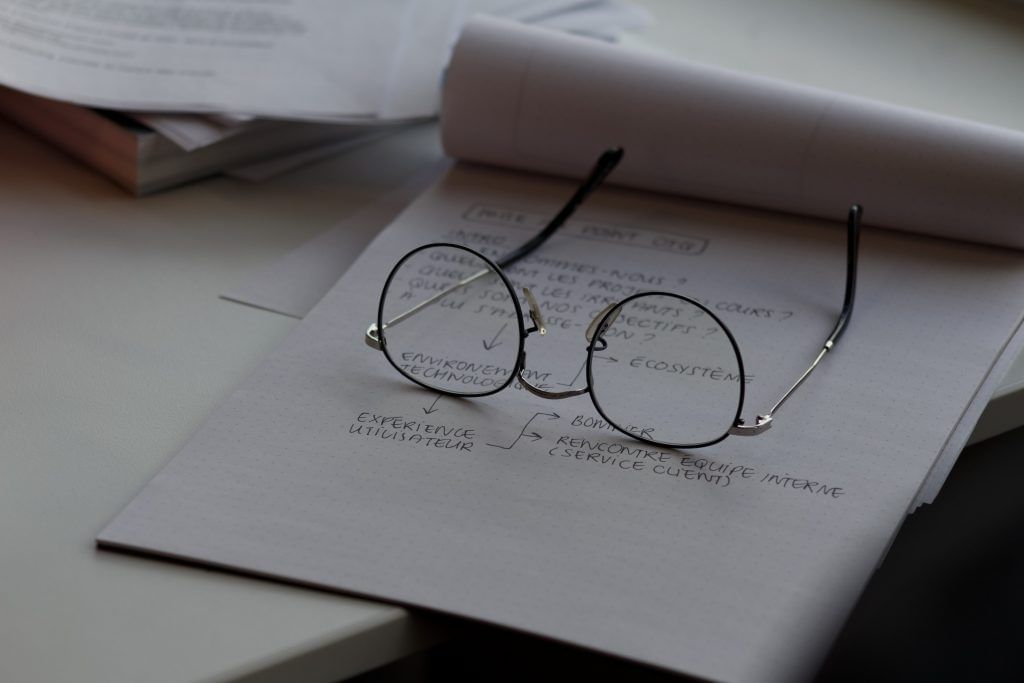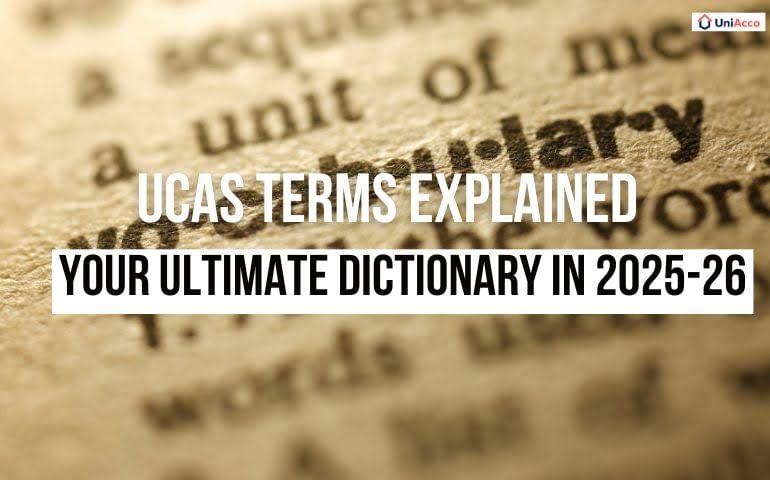It is always important to check for evidence before using an idea from someone else, if it’s from a textbook, website or newspaper article. This is needed to be done whether you have paraphrased, summarised or directly quoted their work. This is key to good practice in academic writing. Referencing correctly shows that you understand your topic. It helps avoid plagiarism when you understand the ideas you put forward and which are someone else’s. Each university expects a student to use a specific style of referencing. While referencing you can acknowledge the contribution of other writers and researchers in your work.
Remember that your assignments must contain citations if your work is taken from an author. Referencing gives credit and recognition to the writer from whom the information came from. Citations help others reading your work acknowledge that you respect the intellectual property rights of the researcher. As a student, you are able to club up as many ideas, insights and arguments published by various writers and researchers. Some who spent many years putting together the information provided. All you need to do is acknowledge their contribution to your assignment. This introduction to referencing and its importance will show you the types and why referencing is necessary for a student.

Why is Referencing Important?
Referencing helps you provide evidence to support the assertions and claims in your own assignments. You show a marker that you are aware of the field in which you are working by citing experts. Citations help you direct your way through your chosen field of study, steering you through your path of discipline. It is important to keep in mind that your references are accurate, to allow your readers to trace the information you have used. While reading, keeping a note of which websites or texts you go through is important, for your reader to know that the information you provided is accurate. Citations also make your writing more persuasive. The importance of referencing as a student is very handy and can help you create an essay that is plagiarism-free.
What is Plagiarism?
- Pasting or copying text and images without giving credits to the person that it came from.
- Directly or indirectly, presenting another person’s ideas as your own.
- Summarising information without showing the original source.
- Not showing when a quote is a quote.
- Switching a few words in a section of text without acknowledging the original author.
Being a useful technique to demonstrate your knowledge, the key to referencing is organisation while writing a report, thesis, essay or any other piece of writing. As long as you keep notes on where your information is coming from. Here is more you need to know about the introduction to referencing and its importance.
Here are some tips on how to avoid plagiarism
A Quick Guide to Referencing: What Needs To Be Recorded?
- Authors
You should mention the author/s name/s wherever possible, followed by the initials and the last name. Since the main information is written by the author it belongs to. If there are more than three authors, you can use the abbreviation ‘et al’ which means ‘and all’ The name of the author may not be known on some sources, especially websites. In such cases either use either the name of the organisation, web page or the title of the document.
- Title of the Piece
Always note the title of the piece, it could be the name of the book, the article of a journal or the web page. Titles are always written in italics. For books it is a must to include the edition of the book if it is not the first edition, to make searching for information easier. If a book is republished, information remains broadly the same but may be recorded. Therefore, the page numbers may change in each edition. The introduction to referencing and its importance
- Date of Publication
For articles and stories from a journal or newspaper, do not forget to add the year of publication. For web pages search for when the website was updated. Dates have to be added in brackets after the author’s information. If there is no date, then put (no date)
- Page Numbers
You should include the page numbers you have used in your work, if you have referenced a particular part of a book. For example, use p. 123 to indicate page 123 or pp. 123-125 to indicate multiple pages.
- Publisher Information
Include the publisher name and location of publication. This is usually used only with books.
- URL and Date Accessed
For web pages, you need to include the full URL of the page. For example, ‘http://www…etc’ the date you accessed the page. Web pages can be changed, updated or removed at any time, therefore, it is important to record when you found the information you are referencing.
Looking for affordable accommodation near your choice of university? All you have to do is fill the form on this page!
Referencing or Citation Styles
Along with the introduction to the importance of referencing, here are the various standard methods used to cite the original source of work is known as referencing citation or style. These are the widely used citation styles:
- Harvard
- Vancouver
- American Psychological Association (APA)
- Modern Language Association (MLA)
- Chicago/ Turabian
- American Chemical Society (ACS)
- Australian Guide to Legal Citation (AGLC)
- American Medical Association (AMA)
- Council of Science Editors/Council of Biology Editors (CSE/ CBE)
- Institute of Electrical and Electronics Engineers (IEEE)
The most common style of referencing is the Havard style of referencing. The last five styles in the list above are very rarely used but are still essential in some places. Formatting, punctuation and order of information depend on these styles. You need to follow the academic referencing style as per your institution or publisher. From the numerous referencing styles, there are two types, documentary-note style and parenthetical system.
Citation helps to tackle plagiarism issues. Information on referencing is important if you want to score well in your academic endeavors. Referencing provides authenticity to students’ assignments, thus, it has become essential for students to use this technique in their research work. This introduction to the importance of referencing will help you avoid plagiarism with any difficulties while writing academic work.
Thank you for reading this blog on ‘Introduction To Referencing And Its Importance.’ If you wish to read more, here are some blogs that might be of interest to you:















0 Comments